Pan de Sal – Filipino Bread Bun
As an Amazon Associate and member of other affiliate programs, I earn from qualifying purchases.
A staple at breakfast in the Philippines is the Pan de Sal, a local bread that literally means ” bread of salt”. I remember how my dad at breakfast, tore up this bun in pieces, dipped the crusty edge into his cup of coffee and enjoyed a large bite of that goodness…even sharing some dunked Pan de Sal with my little sister, as she sat on his lap, every morning.
I recall how mom held a crusty Pan de Sal, and swiped it around what was left of the egg yolks on her plate, then popped it in her mouth, while she smiled happily. And how can I forget all those days of my childhood, that began with butter melting over a freshly baked Pan de Sal, at breakfast. To most Filipinos, no other piece of bread, transcends age, time, province or location. From the barrio to the boardroom, the Pan de Sal is a staple in the Philippines… whether served in its simplicity with matamis na bao (coconut jam), or in a posh restaurant in the city, laden with expensive cheeses or sweet sausages.
When I moved to America a lifetime ago, I missed the Pan de Sal terribly. No other bread, whether artisan, sliced, whole grain, bagel or other, could replace my Pan de Sal. Since we lived quite a distance from Asian groceries or bakeries, I missed the Pan de Sal even more. So, inspired by recipes from family letters, I experimented and came up with my own version. The result was perfect Pan de Sal: an oval shaped bun measuring about two inches long, crusty on the outside, but soft and light as air inside. And when served warm or toasted, well, no words could describe how unbelievable it was. There is nothing quite like the aroma of freshly-baked Pan de Sal coming out of the oven. As I adjusted my thick oven mitts to grasp the extremely hot tray of bread buns, for one brief moment I felt like I was transported back to my childhood … breakfasts with my parents and sister, the scent of coffee on the table and the anticipation that a bright, new day awaited me.
For a special treat, I also like to bake Ube Pan de Sal, which was inspired by a recipe of Chef Romy Dorotan and Amy Besa .
Pan de Sal - Filipino Bread Bun
Equipment
- Kitchen Aid Stand Mixer with Dough Hook - if kneading with a machine.
- Large rimmed baking trays - 11 inches x 17 inches
Ingredients
- 1 Tablespoon instant dry yeast
- 1 1/2 teaspoon granulated sugar
- 1/2 cup milk lukewarm temperature
- 2/3 cup water lukewarm temperature
- 1/4 cup unsalted butter or margarine softened at room temperature
- 1 teaspoon salt
- 2 whole large eggs
- 4 cups unbleached bread flour
- 1 cup unsalted plain-flavored bread crumbs no seasonings, no flavors
Instructions
- Mix together the yeast, 1 and 1/2 teaspoon sugar, milk, and water. Cover this for 10 minutes. This yeast mixture should have bubbles after ten minutes.
- To the yeast mixture, add the softened butter or margarine, salt, and eggs. Mix very well with a wooden spoon so yeast is evenly distributed.
- Slowly add the bread flour, around half a cup at a time. Either add and knead this manually or use a Kitchen Aid mixer with a dough hook. If the bread dough is not firm enough, add around 1/2 cup more of bread flour . Keep kneading till dough looks smooth, for about 10 minutes.
- Place dough in a greased bowl. Cover with plastic wrap. Proof the dough for one hour in a warm corner of the kitchen.
- After an hour, place on a floured surface. Using a rolling pin, roll out the dough. Then shape the dough into a long, thick stick, about two inches in diameter.
- Slice the dough evenly into 20 pieces. Roll each piece in a bowl of bread crumbs. Arrange on a large 11 x 17-inches baking tray lined with parchment paper.
- Cover the buns loosely with a clean, dry kitchen towel. Let the pan de sal proof, for one more hour in a warm corner. Make sure the bread buns are at least one inch apart to give room for rising.
- Once the bread has risen, bake in a preheated oven of 350 F degrees for 18 to 20 minutes. Bread is done when buns are light brown on the outside. Serve warm.
- Cook's Comments: Pan de Sal is typically served during breakfast. It is also enjoyed during merienda, a snack time in the afternoon. This goes great with butter, cheese, jams, chicken salad; for a tuna melt, or with favorite sandwich spreads.
- Ingredient Notes: For best results in bread-baking, it is important to use new yeast and newly-purchased flour of good quality. Check expiration dates of the products before baking.
- Ube Pan de Sal: For a special treat, I like to bake Ube Pan de Sal for my family, too. We first enjoyed this Filipino bun with purple yam when Chef Romy Dorotan baked and served it to us at Cendrillon in SoHo, NYC. Here's my recreated version of the recipe for Ube Pan de Sal.
- Hello, Friends! All the images and content on this blog are COPYRIGHT PROTECTED and owned by my media company Besa-Quirino LLC. This means BY LAW you are NOT allowed to copy, scrape, lift, frame, plagiarize or use my photos and recipe content I wrote, on your website,books, films, television shows or videos without my permission. If you want to republish this recipe or content on another website, video, news article,or media outlets mentioned above please ASK my permission, re-write it in your own words and simply link back to this blog to give proper attribution. It’s the legal thing to do. Thank you. Email me at [email protected]
Nutrition
Notes on Nutrition: The nutrition information provided is an estimate and will vary based on cooking methods and specific brands of ingredients used.
Did you like this recipe? I have more classic recipes inspired by my late mother’s cooking in my popular cookbook: My Mother’s Philippine Recipes. If you’re learning how to cook Filipino food or a fan of Philippine cuisine, buy my cookbooks and books on Amazon.com sold worldwide in paperback and Kindle format.
Hello, Friends! Please DO NOT LIFT OR PLAGIARIZE my original recipe, stories, photos or videos. All the images and content on this blog are COPYRIGHT PROTECTED and owned by my media company Besa-Quirino LLC. This means BY LAW you are NOT allowed to copy, scrape, lift, frame, plagiarize or use my photos, essays, stories and recipe content on your websites, books, films, television shows, videos, without my permission. If you wish to republish this recipe or content on media outlets mentioned above, please ASK MY PERMISSION, or re-write it in your own words and link back to my blog AsianInAmericaMag.com to give proper attribution. It is the legal thing to do. Thank you. Email me at [email protected]

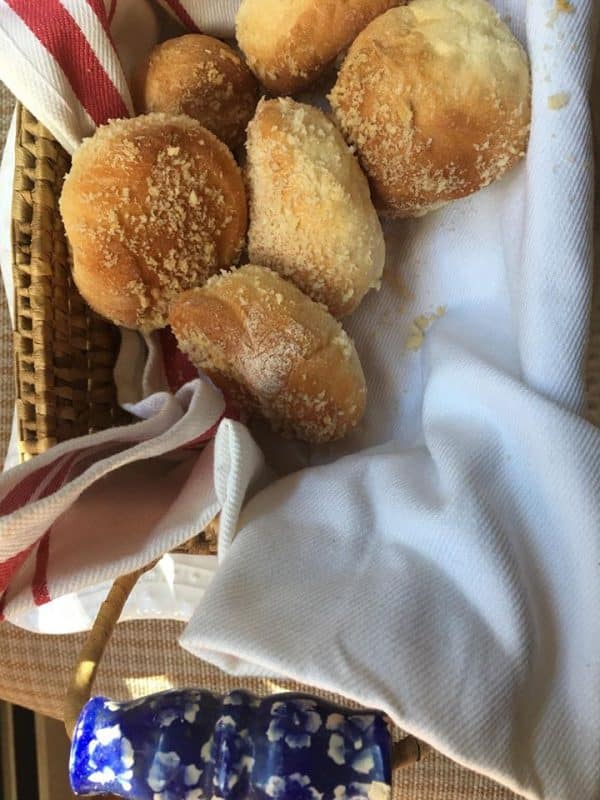
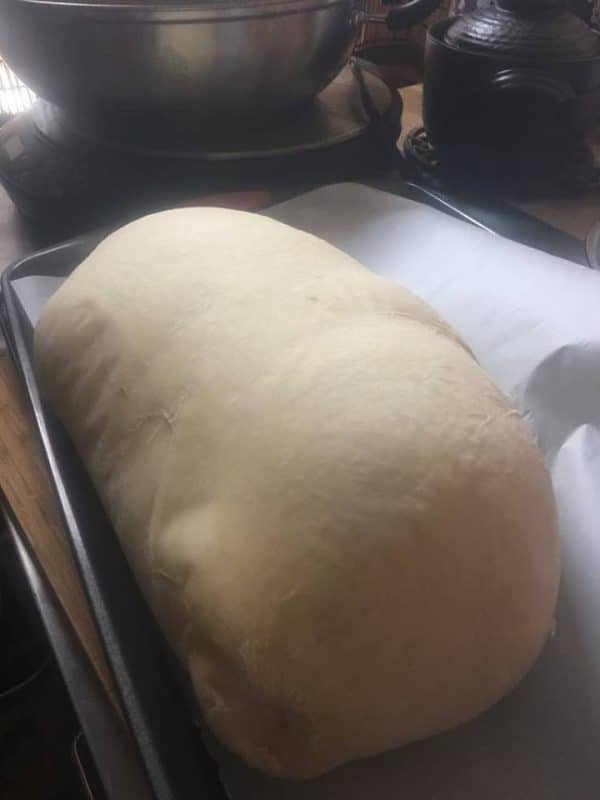
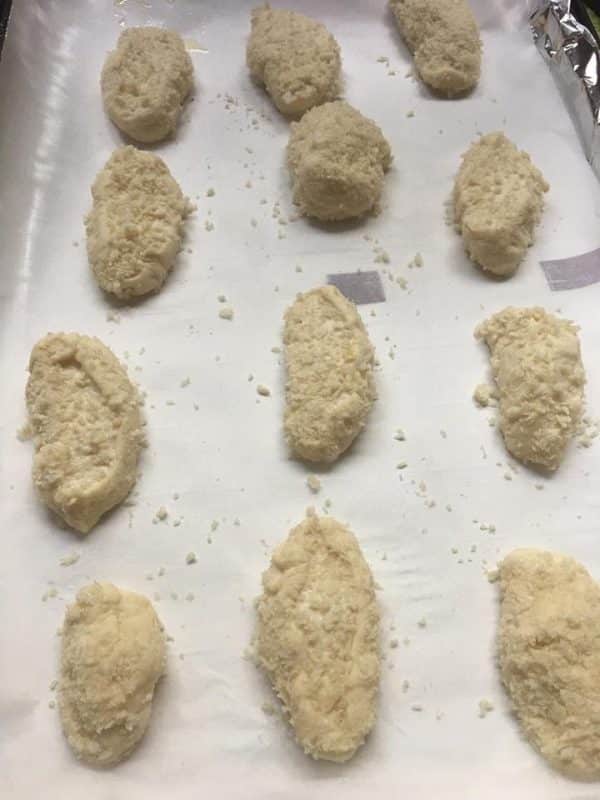
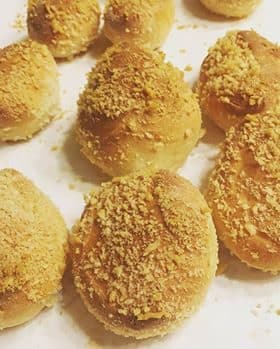
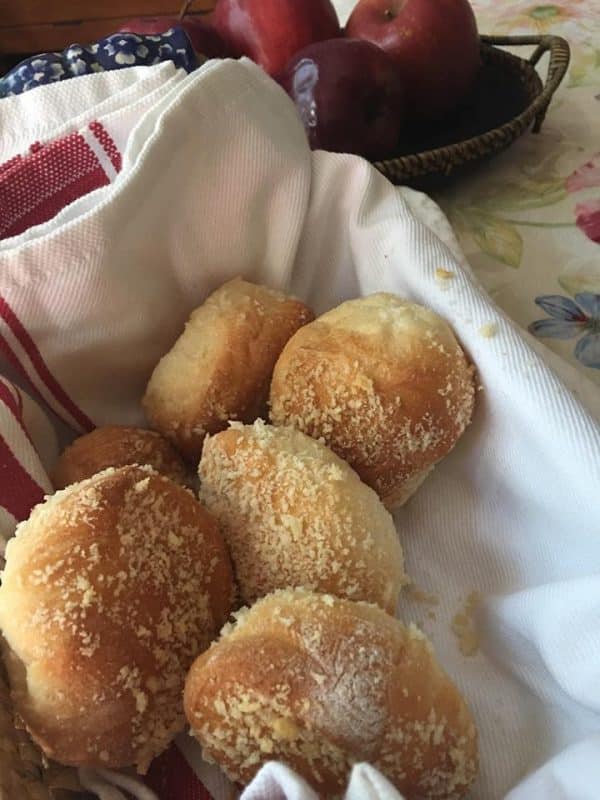
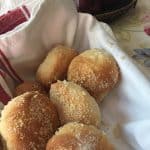
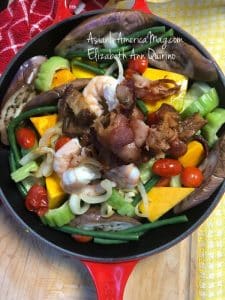
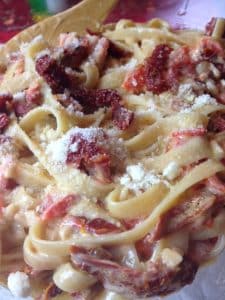
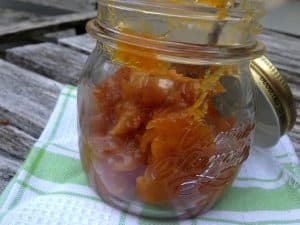
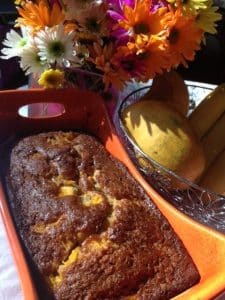
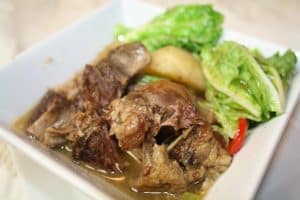
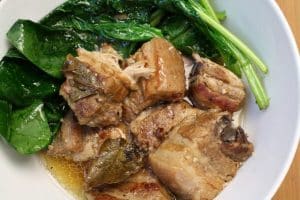
7 Comments